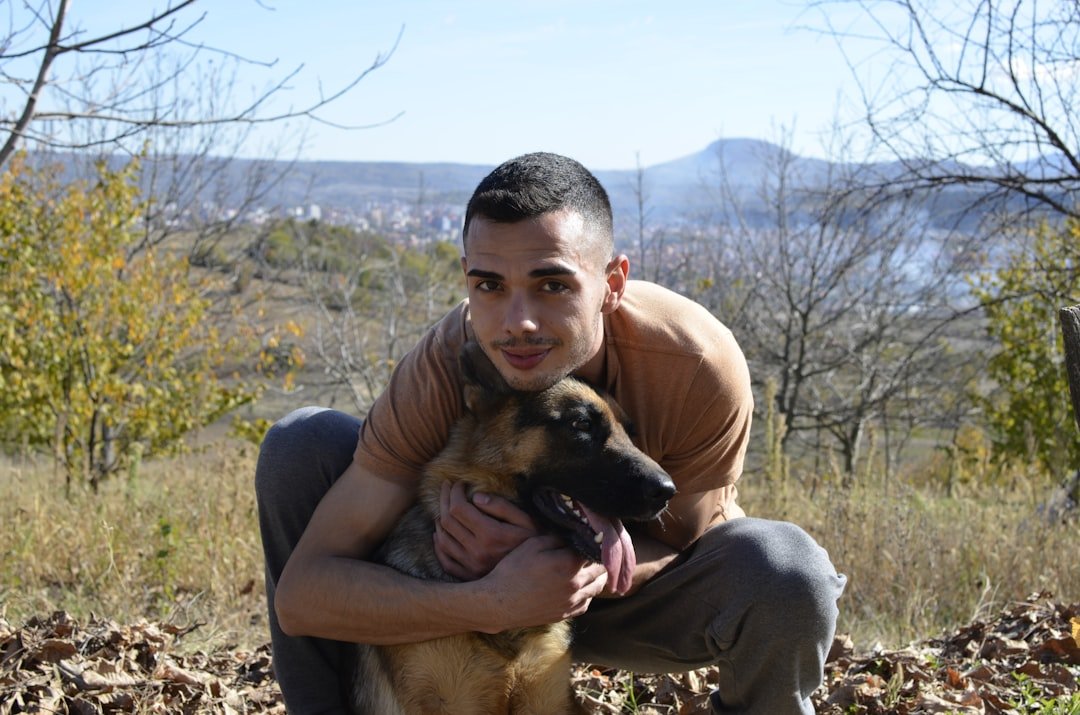We’ve all heard stories about dogs that seem to follow their owners like shadows, refusing to be more than arm’s length away. Maybe you’ve seen those viral videos of pups whining pitifully whenever their humans step out, even just to grab the mail. While some might roll their eyes and call it spoiled behavior, the truth is far more complex. Some dogs are literally wired to crave human connection in ways that run much deeper than simple attachment.
Picture this: you walk through your front door after a long day, and your dog doesn’t just greet you with a wagging tail. Instead, they practically vibrate with relief, as if you’ve just returned from a year-long expedition rather than an eight-hour workday. For certain breeds, your absence isn’t just noticed – it’s genuinely distressing.
Cavalier King Charles Spaniel – The Velvet Lapdog
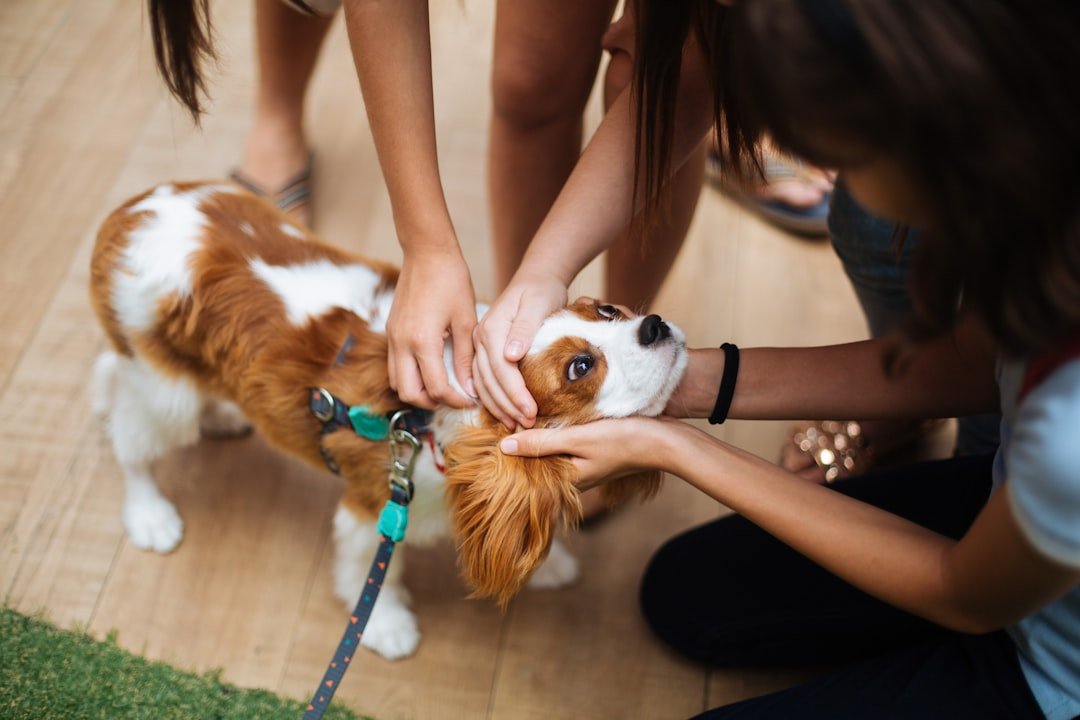
The Cavalier King Charles breed has a reputation for suffering from extreme separation anxiety, and there’s a heartbreaking reason behind those soulful eyes. Cavaliers are known for forming strong attachments to their owners and thrive on constant companionship. Because they thrive on human interaction, this breed can develop separation anxiety or become distressed if left alone for extended periods.
These silky-coated companions were literally bred to be lapdogs for royalty, spending their days nestled beside their noble owners. When you leave a Cavalier alone, you’re essentially asking them to go against centuries of genetic programming. They enjoy being involved in family activities and require a significant amount of attention and engagement to remain happy and well-adjusted. This strong social need means that Cavaliers can become anxious if they do not receive enough interaction and stimulation.
German Shepherd – The Devoted Guardian
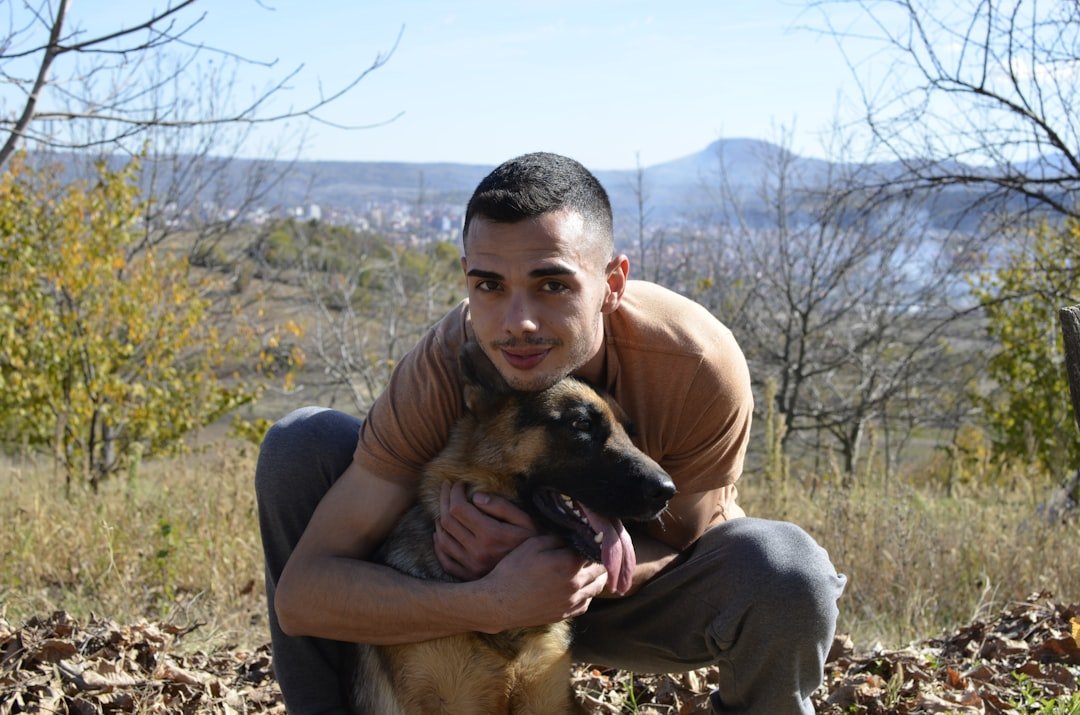
German Shepherds are loyal, intelligent, and protective dogs that often form strong bonds with their owners. While they are known for their versatility as working dogs, their attachment to their family can make them prone to separation anxiety when left alone. These magnificent dogs weren’t just bred to herd sheep – they were designed to be constant companions to their handlers.
Watch a German Shepherd’s eyes follow your every move around the house, and you’ll understand their need for involvement. Their need for regular interaction and activity means they are best suited to households where someone can keep them company and provide them with tasks or challenges. Without this engagement, even the most well-trained Shepherd can become destructive or anxious.
Vizsla – The Ultimate Velcro Dog
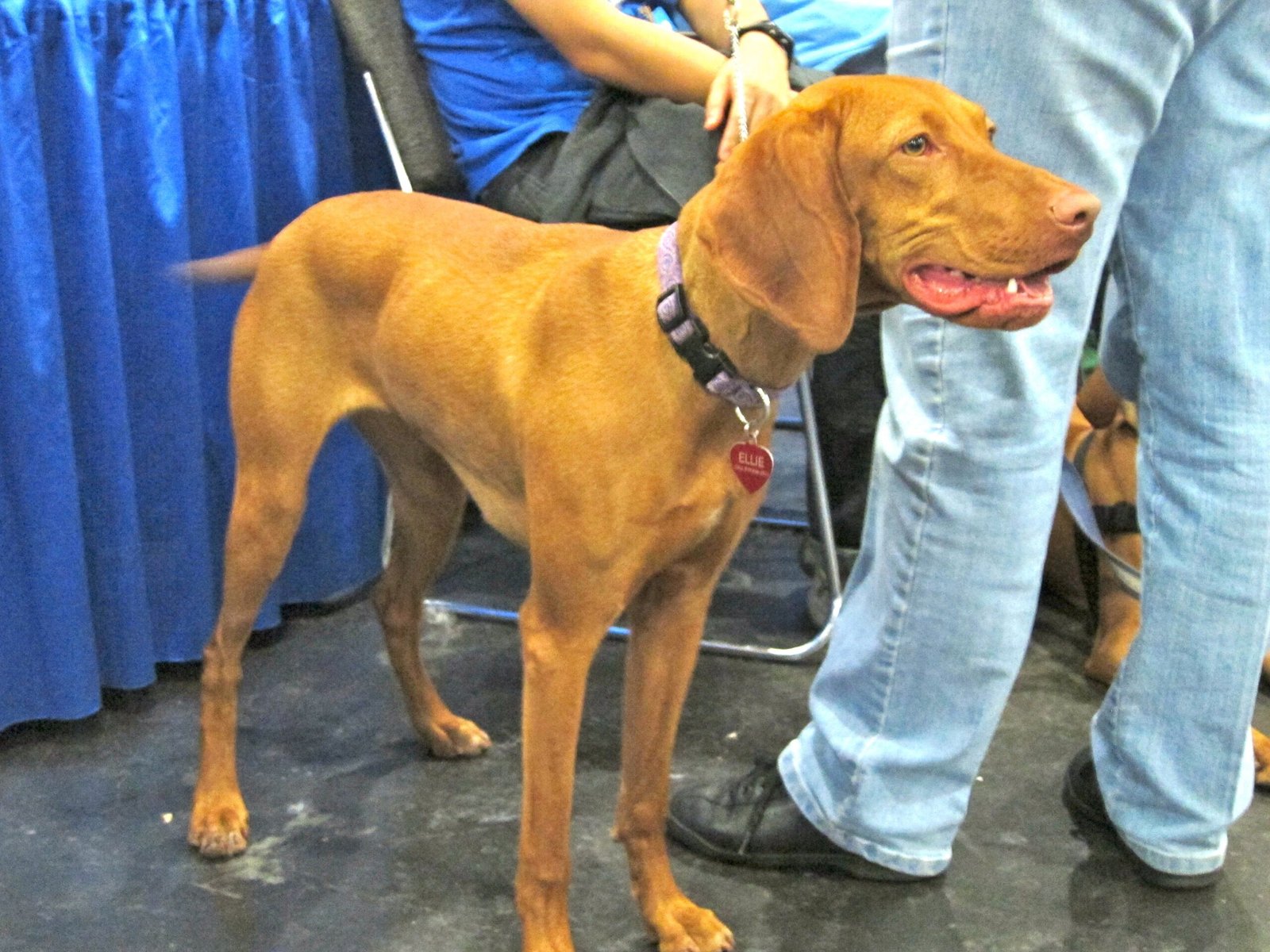
Often referred to as “velcro dogs” due to their desire to stick close to their human companions, Vizslas can suffer from severe separation anxiety when left alone. These elegant hunting dogs from Hungary have earned their nickname honestly – they’ll literally stick to your side like they’re attached with industrial-strength adhesive.
Nicknamed the “velcro dog” because of their propensity to stick close to their owner, these beautiful hunting dogs were born and bred to hunt alongside people. Vizslas love to work and love to be with humans. Left alone, with nothing to do, often leads to anxiety. Their athletic build might fool you into thinking they’re independent, but these dogs genuinely suffer when separated from their families.
French Bulldog – The Charming Shadow
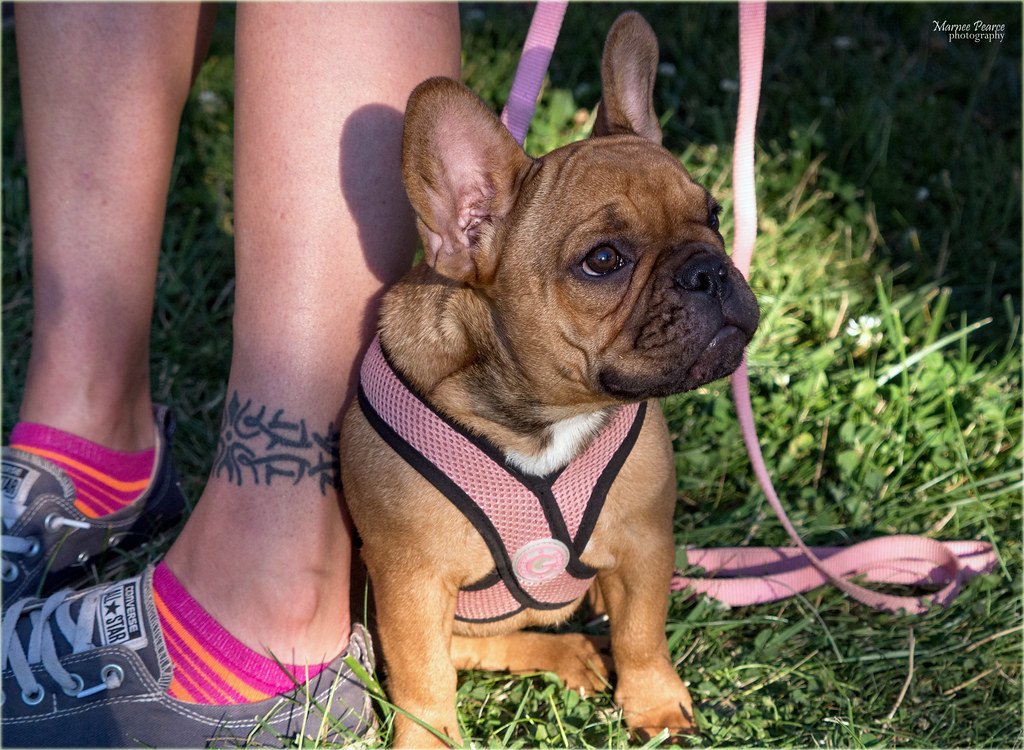
French Bulldogs are known for their affectionate, playful nature and strong attachment to their human family members. These dogs love to be the center of attention and struggle when left alone for long periods. Don’t let their somewhat serious expression fool you – Frenchies are comedians who live for their audience.
French Bulldogs prefer being near people more than just about anything else. They aren’t high-energy, but they are deeply attached to their routines and their humans. In the face of isolation, they’re not exactly barkers, but they communicate their discomfort in other ways – usually sulking, hiding, or refusing to eat. Their compact size makes them perfect apartment companions, but only if someone’s usually home to appreciate their antics.
Havanese – The Cuban Charmer
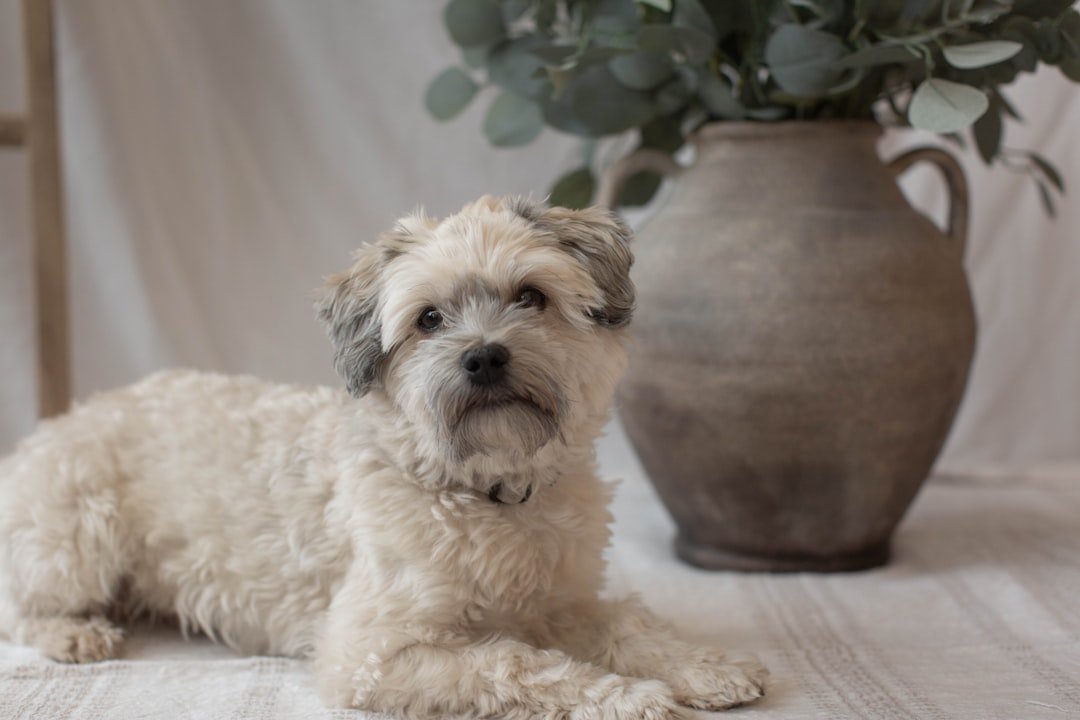
The Havanese is a small, charming breed known for being a social butterfly. These dogs adore their families and follow their owners from room to room. Because they are so people-oriented, Havanese can struggle with being left alone and are prone to separation anxiety. They are happiest when they have constant companionship and can become distressed if left alone for extended periods.
Havanese dogs are velcro canines with fur. Bred as companion dogs for Cuban aristocracy, they’re used to constant attention and cushy laps. When left alone, they spiral fast, whining, scratching at doors, or chewing like they’re staging a protest. These little charmers turn separation into performance art, complete with dramatic sound effects.
Labrador Retriever – The People-Pleasing Athlete
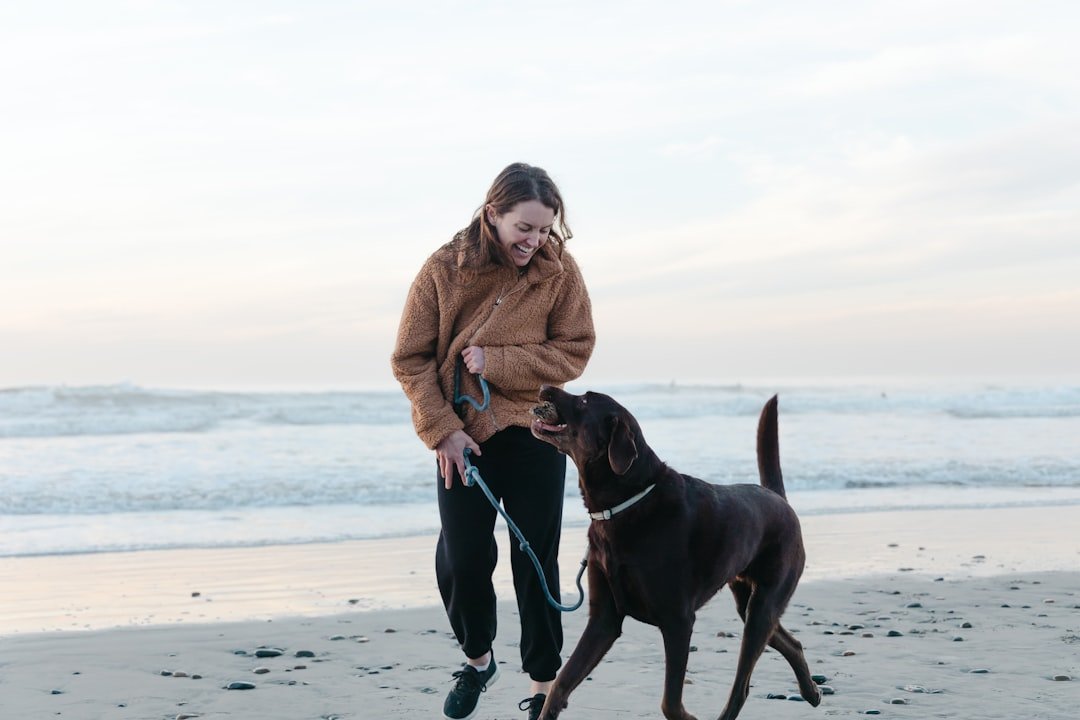
Given that Labradors were bred to retrieve game alongside humans, solitude isn’t something that comes naturally to them. They’re wired to stay engaged, whether through physical work or social interaction. That famous Lab enthusiasm isn’t just about fetch – it’s about being part of the team.
Their reputation as America’s favorite dog stems from their sociability, and that trait requires regular human contact, not just toys and background noise. They crave human companionship and don’t like to be left alone for too long. Labs might seem laid-back, but underneath that easy-going exterior is a dog who genuinely needs to feel useful and included in family life.
Border Collie – The Workaholic Genius
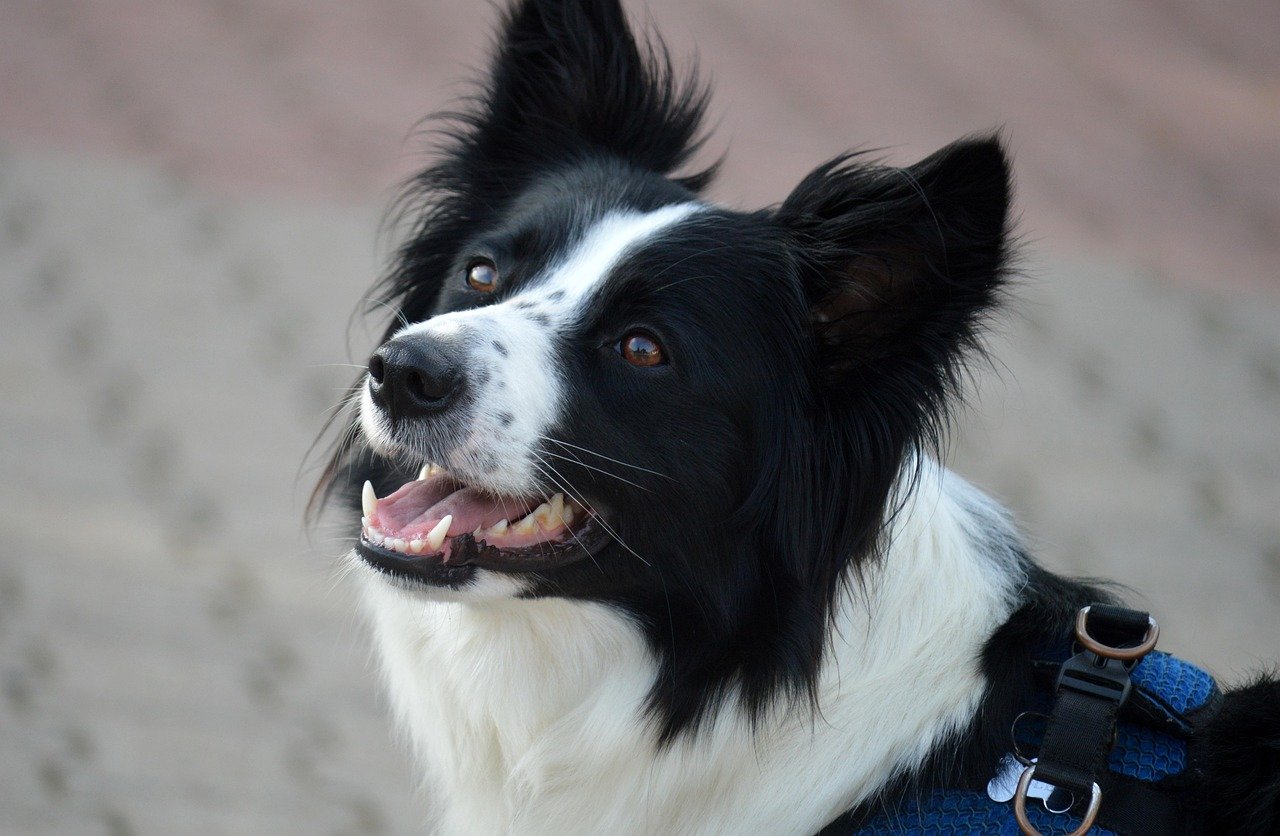
Originally bred to herd livestock without constant instruction, Border Collies now apply that same intensity to everyday household life. Owners need to keep up, or their behavior can deteriorate quickly – barking, escape attempts, or obsessive pacing. It’s simply too much brainpower with nowhere to go.
These dogs crave attention and companionship, and they are best suited for homes where there is someone who can spend a better part of the day playing and interacting with them. When left at home alone a lot, this mix can develop separation anxiety and become destructive. Think of Border Collies as canine Einsteins who need constant mental challenges – leave them unstimulated, and they’ll invent their own entertainment, usually involving your favorite furniture.
Jack Russell Terrier – The Energetic Entertainer
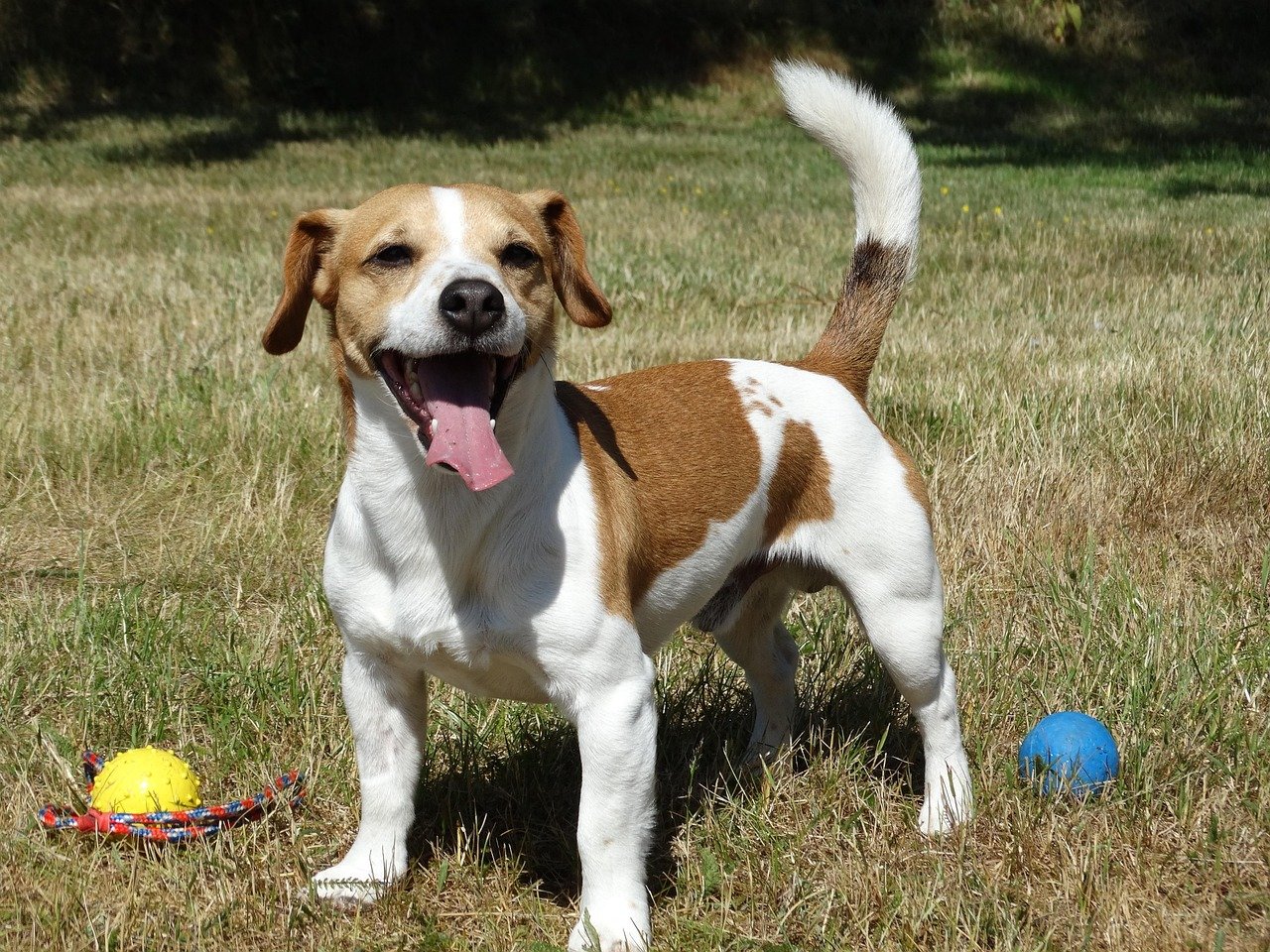
Jack Russell Terrier. These bundles of energy quickly become bored and need lots of entertainment as well as lots of physical activity. They can quickly go awry if there isn’t a human around to help them out and to keep them engaged. They can also do a surprising amount of damage for a small dog.
Jack Russells thrive on human companionship and interaction. They are highly social dogs that form strong bonds with their owners and enjoy being involved in daily activities. However, this need for attention means that they can develop separation anxiety if left alone for extended periods. These terriers pack the energy of a much larger dog into a compact, mischievous package that requires constant supervision.
Cocker Spaniel – The Sensitive Soul

Cocker Spaniels are known for their friendly, affectionate nature and strong desire to be around people. These dogs were bred as companions and often struggled when left alone for long periods. Cocker Spaniels form deep bonds with their families and can develop separation anxiety if they don’t receive enough attention.
Cocker Spaniels are emotionally perceptive and easily affected by their environment. They pick up on moods and shifts in routine quickly, which can be both a strength and a challenge. Separation anxiety is common and often shows through whining, loss of appetite, or excessive licking. These gentle souls read their families like open books, making them incredibly responsive companions but also vulnerable to emotional ups and downs.
Conclusion
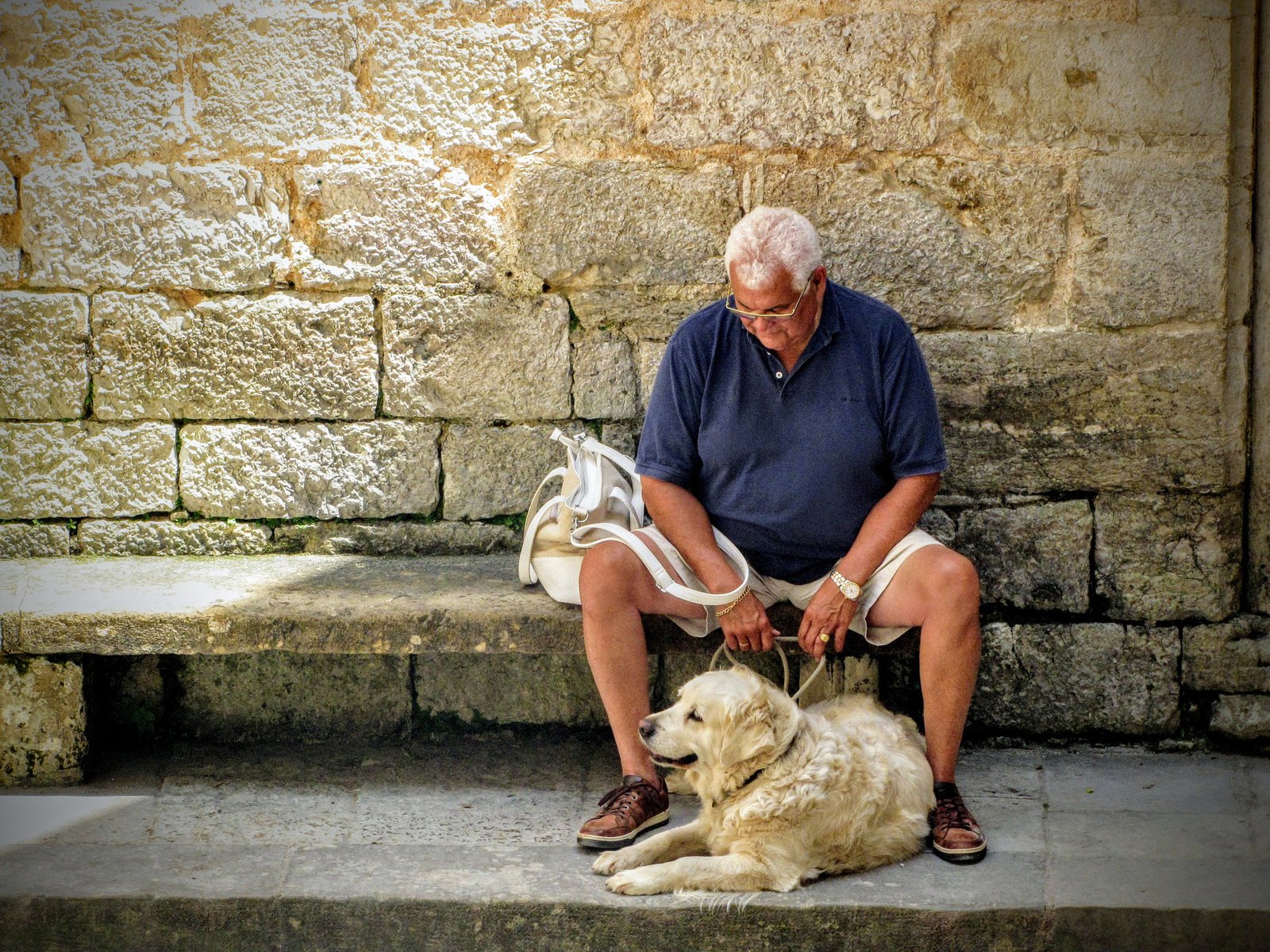
Understanding these breeds’ need for constant companionship isn’t about judgment – it’s about recognition. Separation anxiety is a common behavioral issue that affects a significant percentage of dogs in the United States. For these nine breeds, that percentage climbs much higher.
The beautiful thing about dogs who need constant company is that they give it back in spades. They offer unwavering loyalty, emotional support, and the kind of pure joy that can transform an ordinary Tuesday into something special. But they also require a specific kind of commitment – one where their emotional needs are prioritized just as much as their physical ones.
If you’re considering one of these velcro breeds, ask yourself honestly: are you ready for a furry shadow who’ll follow you from room to room, who’ll greet you like a returning war hero every single time you come home, and who’ll love you so completely that your absence becomes their whole world? Because that’s exactly what you’ll get – and honestly, isn’t that kind of devotion exactly why we fell in love with dogs in the first place?

